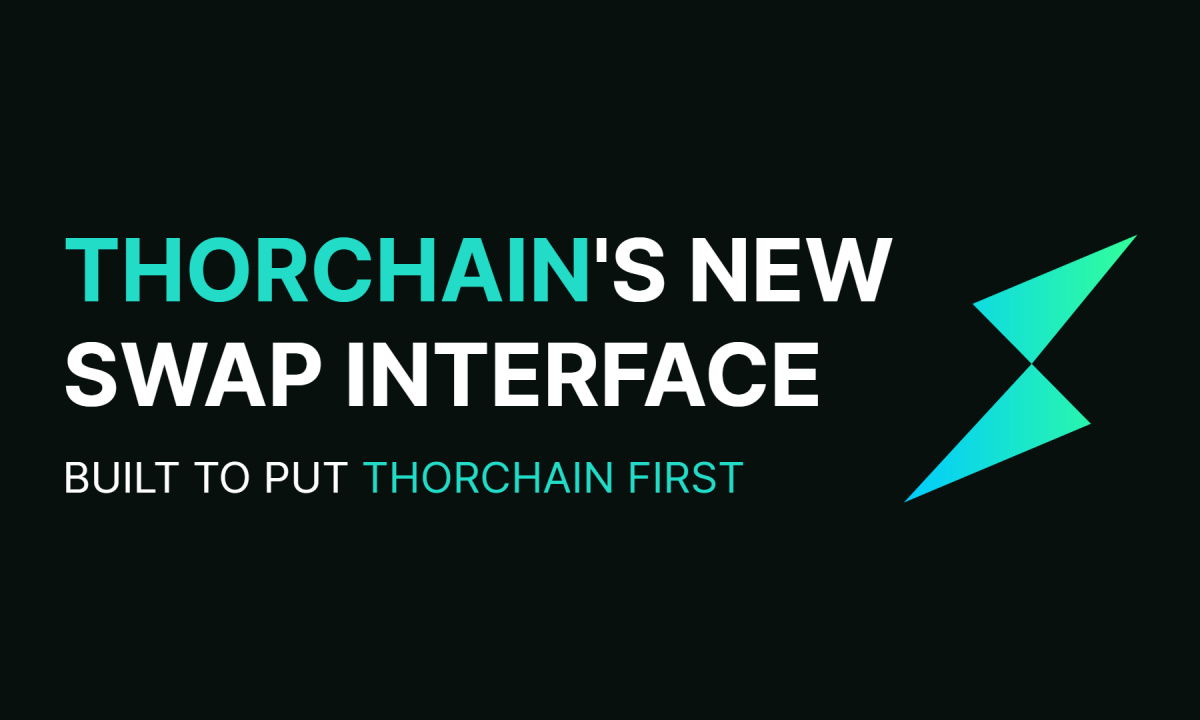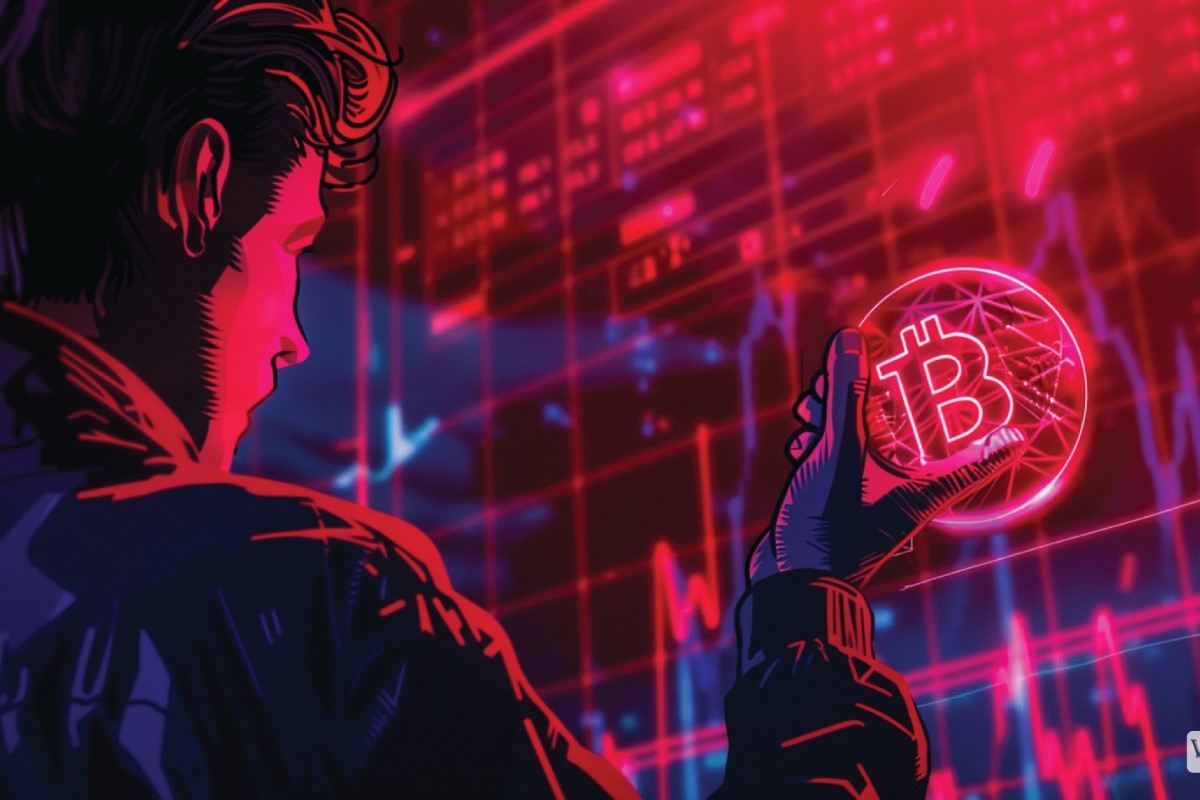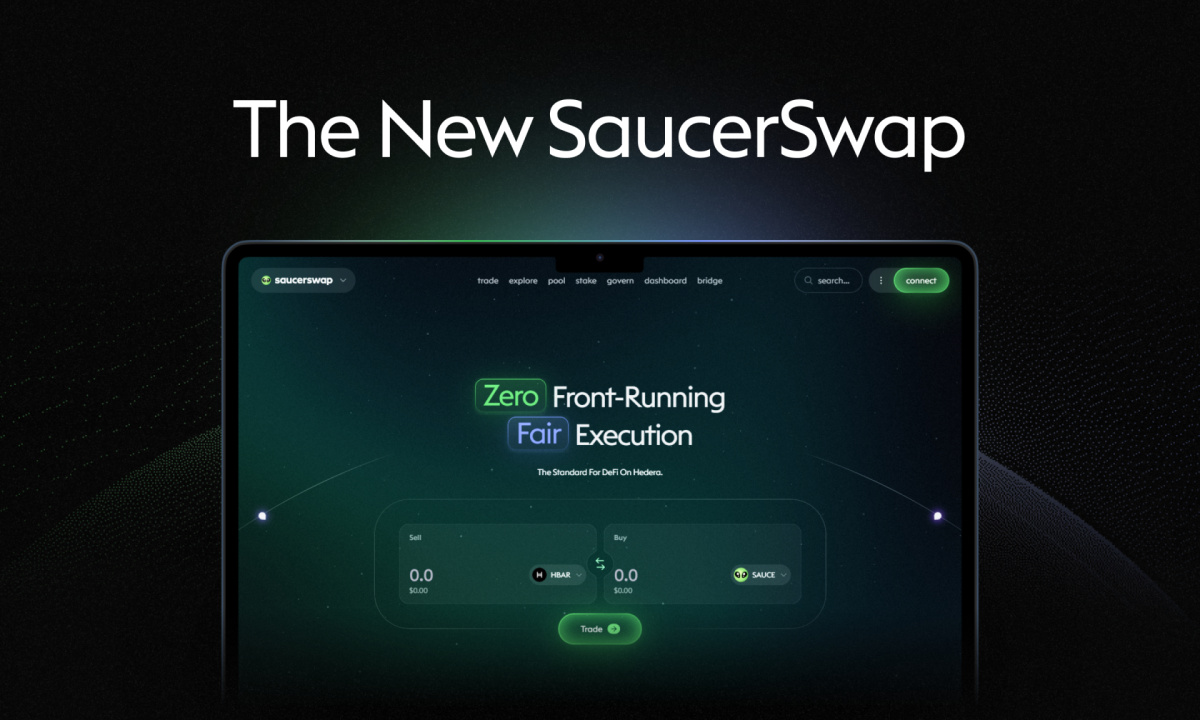Key Takeaways:
- Bitcoin Whitepaper was published on October 31, 2008.
- Meant Bitcoin to be a electronic decentralized money.
- Bitcoin’s network congestion gave way to Lightning Network.
- Lack of NFTs on Bitcoin blockchain gave birth to Bitcoin Ordinals.
Fifteen years ago Satoshi Nakamoto published the Bitcoin whitepaper. The paper contained a revolutionary idea which solved the double spending problem in the field of cryptography.
Today, more than 15 years later, Bitcoin has moved much ahead with Lightning Network, Ordinals and several other revolutionary innovations.
In this article, we explore Bitcoin as it was discovered 15 years ago and try to compare it with what it is in 2023. We will also try to take a look at how Bitcoin solved its network congestion and the lack of NFTs.
Bitcoin Whitepaper Simplified
A whitepaper is a document which presents a technology in front of the world for the first time. It gives a comprehensive overview of the technology, how it works, what inspirations it draws and from whom.
Although being just nine pages long, the Bitcoin whitepaper did something in cryptography that no other project could do. It solved double spending and created a peer to peer money system that was free of central control.
Solved The Double Spending Problem
It solved the “Double Spending Problem”. The double spending problem is an issue where cryptocurrencies often failed. It basically was a challenge to digital coins because any one could copy and paste the coin’s code and create infinite supply.
However, the Bitcoin provided a method to verify authentic transaction through a method called mining. All transactions were sent to everyone, allowing them to see, record and validate these transactions. Since everyone had a copy of each transaction, any cheating would be instantly caught when everyone tally their data.
Transaction Validation
Validators(called miners) had to solve complex calculations and arrive on the same value (called nonce) for a given transaction. Only then, a transaction could be proven authentic. The validators got 1 Bitcoin per set of transactions (called block). This method of validating transactions was called as Proof of Work.
Peer to Peer Electronic Cash Sytem
Bitcoin was the first cryptocurrency that could actually function as money. Since, its transactions could be verified by miners, who get rewards for validating transactions, there was no need of a central authority.
Further, another reason why it was successful was its limited quantity. A total of 21 million Bitcoins could only exist on its blockchain.
Bitcoin took a few years to get popular. The first publicly known Bitcoin transaction on May 22, 2010, was done by Laszlo Hanyecz when he purchased two pizzas with 10,000 Bitcoins. The day is still celebrated as the “Bitcoin Pizza Day”.

Challenges Faces by Bitcoin After Its Popularity
Initially, designed to carry about 7-8 transactions per second, with new users, the network began to get congested and slow down.

However, increasing the network speed natively was only possible through less secure methods. Also, Bitcoin’s fees rose multifold as everyone wanted to transact on the network.
This necessitated the need of some scaling solution without compromising Bitcoin’s security architecture.
Further, Ethereum, another peer to peer cryptocurrency, developed NFTs. These were tokens that could store additional information like images, videos, audio, and text; and could be transacted as cryptocurrencies.

A clogged network and the rise of Ethereum posed several challenges. Bitcoin which earlier was just imagined to be electronic cash, was receding to the background.
New Developments Beyond The Bitcoin Whitepaper
Even though these challenges were not imagined in the Bitcoin whitepaper. Both these critical issues were solved through the sheer determination of the Bitcoin community.
Lightning Network
The Lightning Network was designed by Thaddeus Dryja and Joseph Poon. It was made public through a whitepaper in January 2016.
The network is used to transact small amounts of Bitcoin through a new method. It uses direct channels between participants who can do multiple transactions between themselves.
The creation of each channel counts and costs same as one transaction on Bitcoin blockchain. A channel can hold multiple transactions.
Bitcoin Ordinals
Another interesting and recent development was the Bitcoin Ordinals, a development which allowed users to add information such as text, images, videos and code to each Satoshi (1 Bitcoin = 100 Million Satoshi).
This feature made it possible to create NFTs on the Bitcoin blockchain which was not possible till then. NFT like functionality pushed Bitcoin Ordinals to great popularity.
Conclusion
Bitcoin rose to prominence as the first successful cryptocurrency that could not be cheated. With time it faced challenges of scaling and developing new tokens.
Surprisingly, these challenges could not make it recede to the background due to a innovative and dynamic community that wanted a robust, free and fair monetary system without the intervention of any central control.
Disclaimer: Voice of Crypto aims to deliver accurate and up-to-date information, but it will not be responsible for any missing facts or inaccurate information. Cryptocurrencies are highly volatile financial assets, so research and make your own financial decisions.









